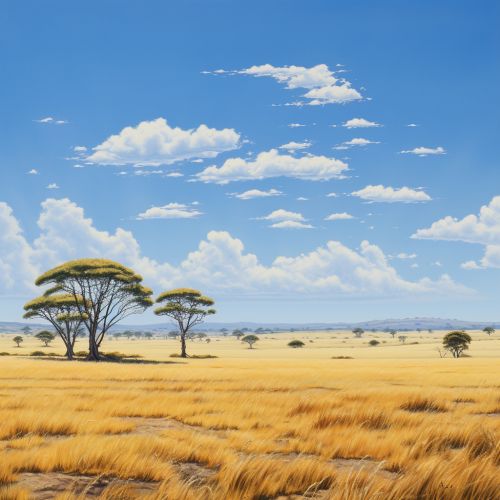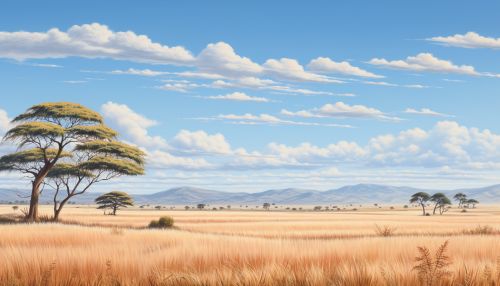Safari
Overview
A safari is an overland journey, typically a trip by tourists in Africa. Traditionally, the term is used for a big-game hunt, but today, it often refers to trips to observe and photograph wildlife—or hiking and sightseeing, as well.
History
The concept of safari has its roots in the 19th century when European explorers and colonial officials began to traverse the vast landscapes of Africa. The word "safari" itself is derived from the Arabic word "safar" meaning a journey, which was used in the Swahili language to describe these overland journeys.


Types of Safaris
There are several types of safaris that one can embark on, each offering a unique experience and catering to different interests and preferences.
Photographic Safaris
Photographic safaris are designed for those who wish to capture the beauty of the African wilderness and its wildlife through a lens. These safaris often involve professional guides who can help tourists find the best spots for wildlife photography.
Birding Safaris
Birding safaris are for those who are interested in the diverse bird species found in Africa. These safaris often involve early morning starts as this is when many bird species are most active.
Walking Safaris
Walking safaris offer a more intimate experience with the African wilderness. Instead of viewing wildlife from a vehicle, tourists get to walk in the wild under the guidance of experienced guides.
Canoeing Safaris
Canoeing safaris offer a unique perspective of the African wilderness from the water. These safaris are popular in areas with large rivers or lakes.
Safari Destinations
Africa is home to numerous safari destinations, each offering unique wildlife experiences. Some of the most popular safari destinations include:
Serengeti National Park, Tanzania
Serengeti National Park in Tanzania is one of the most popular safari destinations in Africa. It is renowned for its annual migration of over 1.5 million wildebeest and 250,000 zebra.
Masai Mara National Reserve, Kenya
Masai Mara National Reserve in Kenya is another popular safari destination. It is known for its large populations of lions, leopards, and cheetahs, and is also the site of the Great Migration, where millions of wildebeest and zebra migrate from the Serengeti in Tanzania.
Kruger National Park, South Africa
Kruger National Park in South Africa is one of the largest game reserves in Africa and offers a high density of wild animals, including the Big Five: lions, leopards, rhinoceros, elephants, and buffalos.
Okavango Delta, Botswana
The Okavango Delta in Botswana is a unique safari destination as it is a large inland delta and is home to an abundance of wildlife.
Safari Etiquette
When on a safari, it is important to respect the wildlife and their habitats. This includes maintaining a safe distance from the animals, not feeding the animals, and not leaving any litter behind.
See Also
African Wildlife Foundation National Parks of Africa Wildlife Conservation Society
